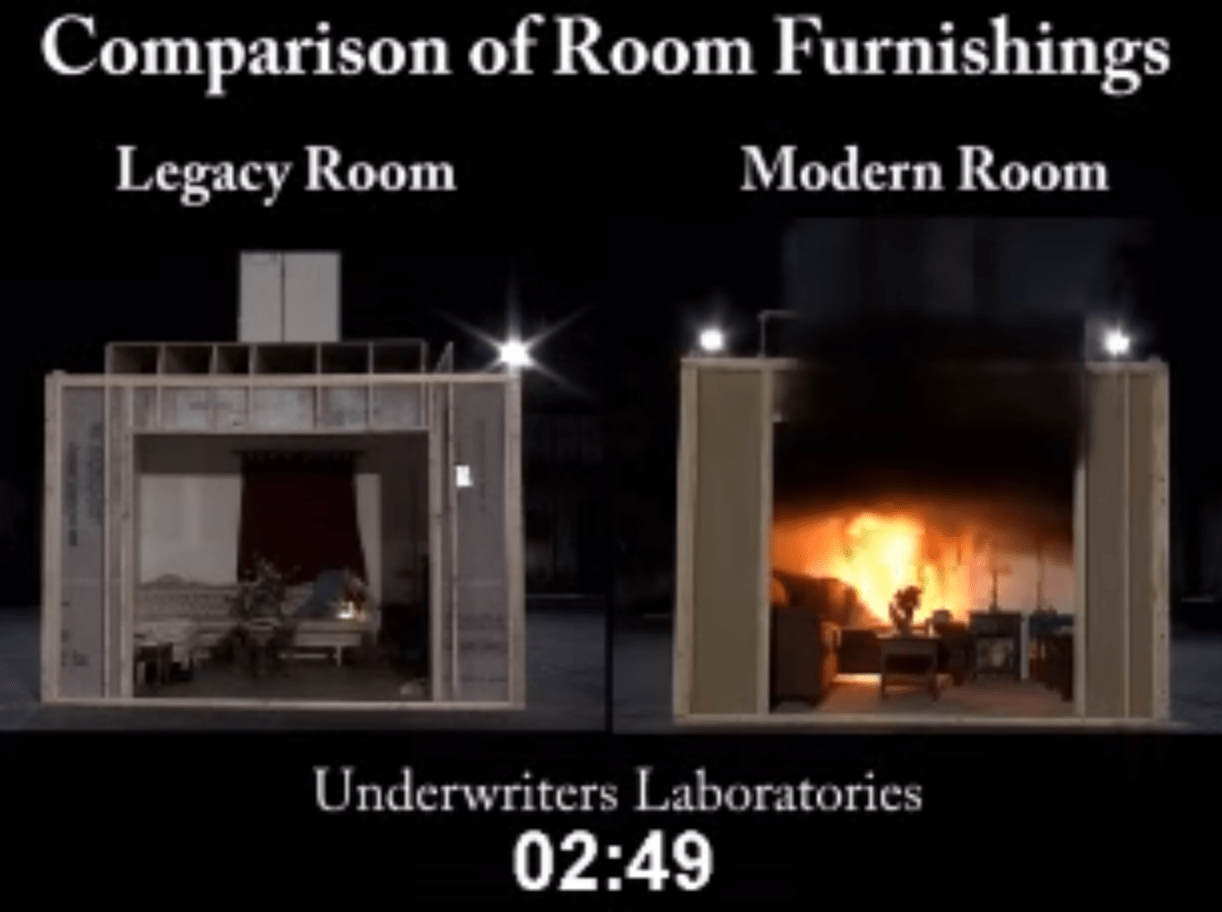
This specialist workshop discussed fire safety challenges in today’s society. NIST and UL videos show how fast flashover can occur in a modern home. The workshop at Case Western University (CWRU), Ohio, was organised by Hatsuo Ishida, and brought together 120 participants. Innovative flame retardant solutions were presented and twelve PINFA-NA member companies attended. Terry Brady, Underwriters Laboratories (UL), interviewed by Suzanne Rivera, CWRU, underlined the importance of research into flammability and collaboration with stakeholders. Stephen Kerber, Underwriters Laboratories (UL), emphasised how modern materials generate fire risk, pointing to the NIST video which shows how a 1960’s furnished room takes nearly 30 minutes to reach flashover, whereas a room with modern materials reaches flashover in less than 3 minutes, comparing this to the 6 – 10 minutes average response time for fire services. Another video by UL showed the dramatic effect of a closed bedroom door on flame/smoke spread in a house fire, with the bedroom door closed scenario giving ample time to escape, not so for the open door. Alex Morgan, University of Dayton, summarised developing fire issues in automotive and transportation. Tim Reilly, PINFA-NA and Clariant, outlined industry requirements for tomorrow’s flame retardants and challenges in commercialisation. Serge Bourbigot, University of Lille, France, Jamie Grunlan, Texas A&M and Douglas Fox, American University, presented innovative approaches to textile and foam flame retardancy using various inorganic platelets. Gary Wnek, CWRU, presented development of polyacrylic acid salts as char formation synergists. Hatsudo Ishida, CWRU, presented benzoxazines as a class of inherently flame-retardant thermoset polymers.
2nd Symposium on Public Safety and Workshop, Case Western Reserve University, Feb. 18-19, 2020, Cleveland, Ohio USA